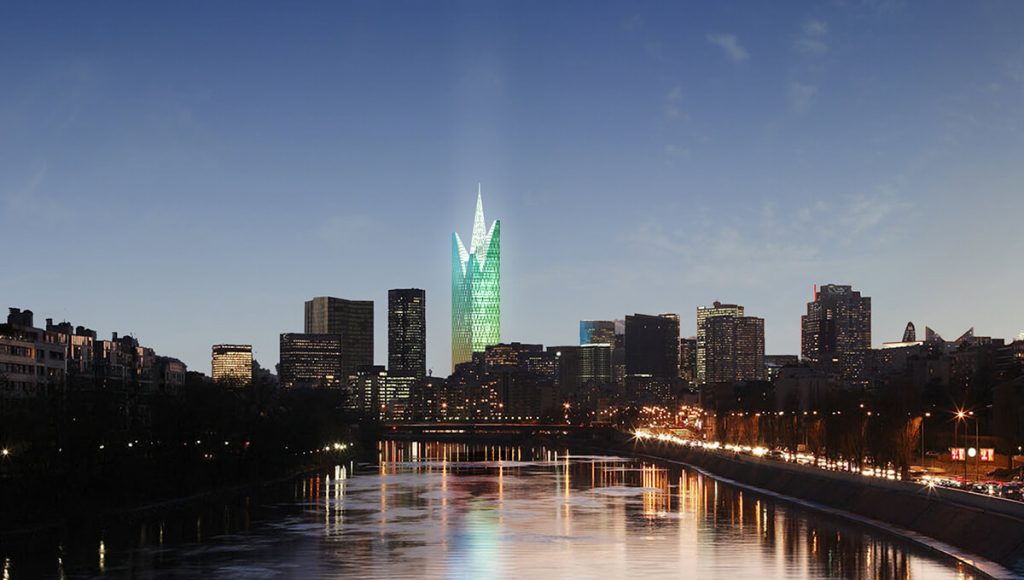
© VINCI Energies
In time, towns and cities may no longer own their lighting infrastructure, but will instead buy access to levels of illumination.
Cities will not only be part of the service delivery revolution, they are likely to be the most obvious source of the various forms of connected intelligence. Their size and their concentration and range of activities mean they represent a key laboratory for the as-a-service approach. And this is a laboratory that businesses are especially interested in since it meets B2B2C requirements. “Our offerings will be increasingly geared towards end-use service proposals that satisfy both our local and regional authority clients and their general public clients” explains Xavier Albouy, Director of the Citeos brand of the VINCI Energies group.
The first urban application of the as-a-service model will probably be seen in public lighting. Cities will no longer own lighting assets, as the acquisition and operating costs will be covered by their suppliers and service providers who will guarantee a level of illumination. Authorities will only be purchasing access to light. “This type of service contract doesn’t yet exist at city level, but it is already being used in the private sector by property managers or owners” points out Xavier Albouy. For instance, Schiphol Airport in Amsterdam no longer invests a single euro on lighting its terminal; it simply buys access to a light level.
LED lighting leads the way
In the space of a few years, LED technology has had a substantial impact on both private and public lighting networks. With a semiconductor chip as their light source, LEDs can be easily controlled and enable connectivity. As a result, using IoT across all outdoor urban lighting facilities makes it possible to monitor in real time the state of connected bulbs and to control intensity and hue using just a smartphone. This flexible solution helps manage energy consumption and optimise infrastructure maintenance more effectively.
However, for local and regional authorities, migration to connected LEDs represents a substantial investment. “We are developing LED lighting service solutions that include a guarantee to cut energy consumption in half” states Xavier Albouy. To work to optimum effect, this performance guarantee involves migrating all assets to LED.
“The investment is not insignificant, but by halving the energy bill over a two to three-year horizon, the amortisation period is also reduced” adds the Citeos Director.
Let there be light
Another idea being examined for cities is Li-Fi (Light Fidelity), in other words data transmission by LED light. Bulbs will have geolocation capabilities, enabling information to be sent to pedestrians or drivers with smartphones to help guide them from A to B and to enrich their “street experience”.
Light is therefore set to become a source of intelligence for cities, delivering better road visibility and safety, reducing energy consumption and operating costs for outside areas, and pushing local authority alerts to residents’ smartphones. Furthermore all of these applications will be increasingly managed by service providers as part of comprehensive offerings that will gradually start to incorporate an as-a-service approach.
12/10/2016


